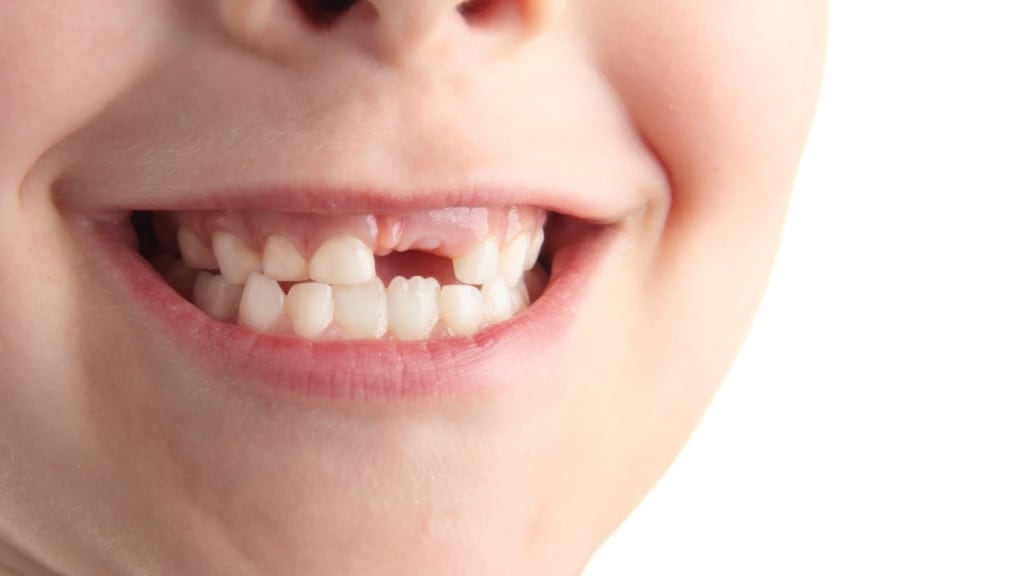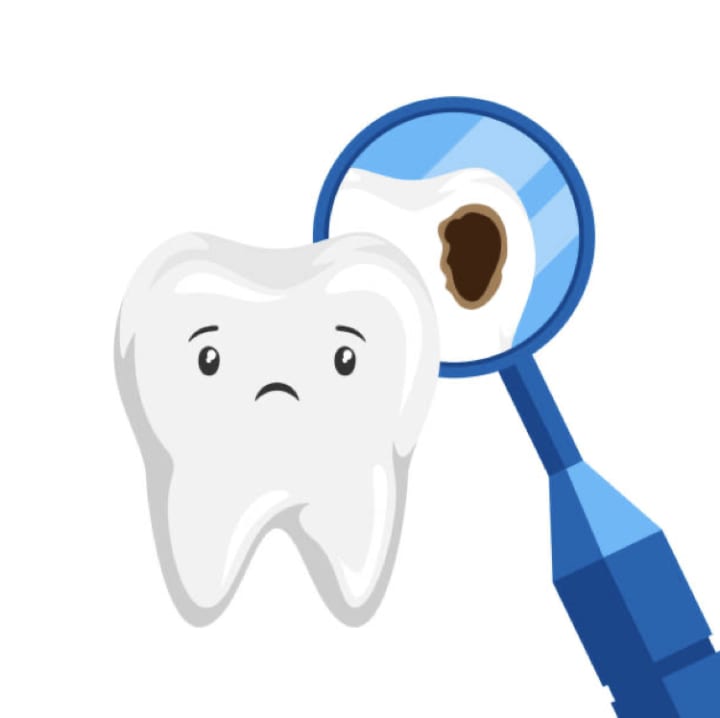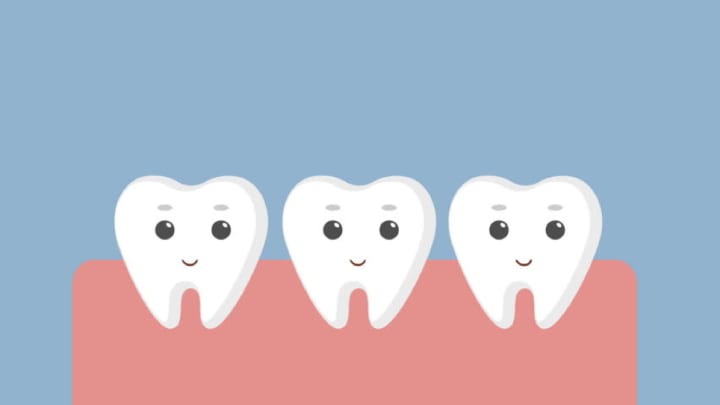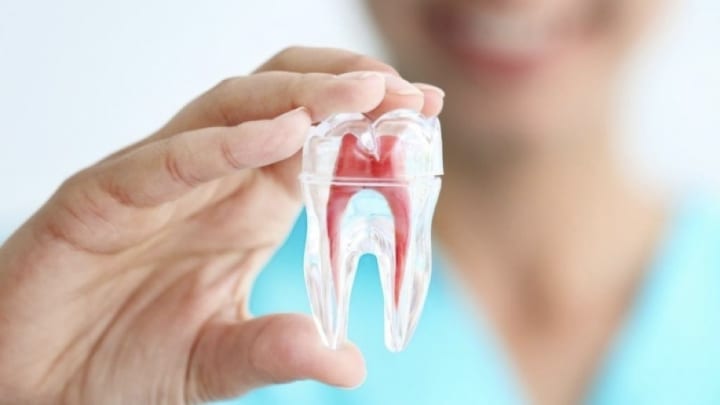Common Dental Treatments
Common dental procedure available in dental clinics


Permanent teeth can last a lifetime with proper care. The danger of cavity, gum disease, and tooth loss can be reduced with good oral hygiene, a low-sugar diet, use of a mouthguard when playing a sport, and regular visits to the oral health care provider or dentist. Dr. Kartik who is one of the best dentist in Vashi, Navi Mumbai recommends that everybody, including young children, must visit the dentist at least twice a year for ensuring better oral hygiene. Modern techniques mean that dental treatments are often administered with no or almost negligible discomfort.
Dental check-ups

“When you choose a dental check-up, your dentist or oral health care provider will start by asking questions on your general health and medications. Many health conditions have an impact on your oral health and the other way around. Few medicines can affect your mouth & these must be taken into consideration before treatment.” Says Dr. Bhubana who is working with one of the best dental clinic in Kodambakkam, Chennai.
Your dentist or oral hygienist will inspect each tooth using small instruments inserted into your mouth, like a mirror and probe (a fine, pick-like tool). The dentist looks for issues like cavity, gum disease, and other conditions.
Soft tissues (gums, tongue, lips, cheeks, and palate) also are routinely inspected and screened for any possible problems. In some circumstances, your dentist can also inspect your jaw joints and therefore the lymph nodes in your neck.
If a suspected dental problem is difficult to ascertain (for example, possible decay between the joints of teeth, or an infection), the dentist may ask for x-rays. If a drag exists, your dentist will explain the possible treatment options and will also provide you an estimate of the total expected cost and recovery time.
Here are a few of the most common dental treatment procedures that your dentist might opt for depending on the problem & symptoms you show.
Dental treatment – scaling and cleaning

Scaling and cleaning involve the removal of built-up debris from the teeth, especially from the area that are not easy to clean with brush. This might include soft plaque (bacterial growth), food particles, or hard calculus (caused by the continual accumulation of plaque and minerals from saliva, sometimes called tartar). Plaque and calculus are considered to be the most common causes of gum disease.
The dentist or hygienist then cleans and polishes your teeth with the help of a rotating brush with a polishing paste. This helps treat and stop gum disease.
You will receive tailored instructions on how to maintain your oral hygiene between appointments, as this is often important to assist maintain healthy gums.
Dental fissure sealants

Sealants protect teeth from decay. Any tooth that has deep grooves or fissures is often treated, but the foremost commonly treated teeth are the molars and premolars. A sealant is basically a liquid solution that's painted onto the biting surface of a cleaned tooth. It forms a physical barrier that stops food and other bacteria from accumulating within the fissures of the tooth and causing decay. Fissure sealants are commonly recommended for youngsters, as they reduce the danger of decay in permanent teeth.
Dental fillings

Tooth decay that has caused a cavity (hole) is usually treated with dental fillings. The dentist uses a drill and other tools to get rid of the decay. The cavity is cleaned, dried, and then sealed with appropriate filling material.
There are several materials available for filling the cavity. Your dentist will recommend the foremost suitable material depending on the dimensions, shape, and site of the specified filling. A standard choice is tooth-coloured filling material, which may restore the aesthetic appearance of the tooth, along with its shape and performance.
Root canal dental treatment

Root canal treatment is a very common procedure that replaces a tooth’s damaged or infected pulp with a filling. The ‘pulp' (the nerve of the tooth) is sensitive tissue that gives oxygen, nutrients, and feeling to the tooth. It's housed within the hollow center of a tooth (pulp chamber), along with blood vessels and nerves.
Extensive trauma, external injury or decay can irreversibly damage the pulp and it can become infected. During this treatment, the damaged pulp is extracted from a tooth. The dentist cleans and shapes the basis canals with a drill and small files. The tooth’s interior is cleaned, dried, and full of a filling material that goes all the way right down to the end of the root zone.
An artificial biting surface is made for the tooth out of filling material (tooth coloured or silver) or a crown. This also protects the tooth from fracture, which may occur after passage treatment.
Tooth removal (extraction)

Modern dentistry and oral health practitioners aim to save the natural teeth. However, extensively damaged or badly decayed teeth may have to be removed (extracted). The dentist can also recommend extraction to affect wisdom teeth that are causing problems.
Wisdom teeth can contribute to varied dental problems if they are impacted (the molar grows at an angle and butts into the tooth next thereto or the gum).
Your doctor will use a local anesthetic before tooth removal. Sedation or general anesthesia can also be offered based on several other factors.





Comments
There are no comments for this story
Be the first to respond and start the conversation.